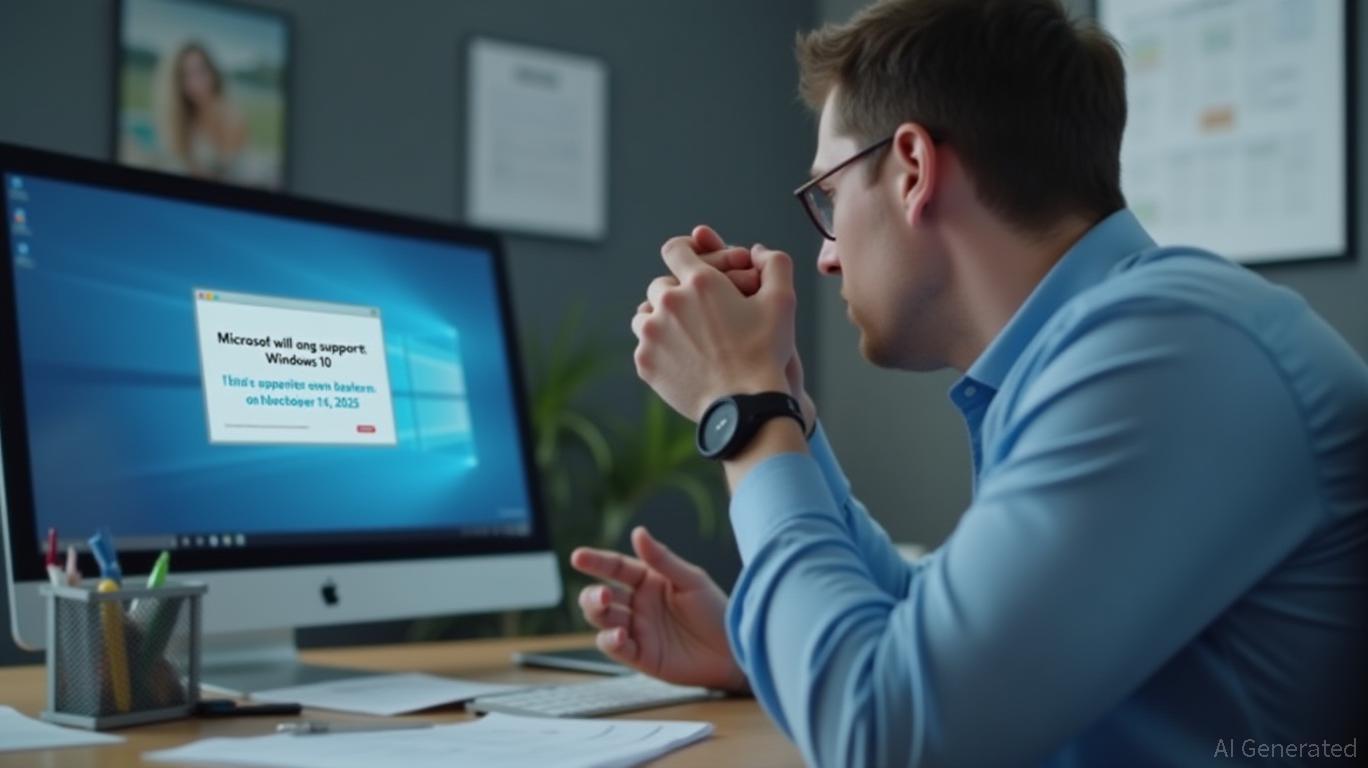Microsoft is ending support for Windows 10 on October 14, 2025. Amazon WorkSpaces provides a secure, cost-effective, and scalable environment to run Windows 11, allowing users to bring their existing Microsoft 365 Apps and Windows 11 OS licenses to the AWS Cloud. Existing WorkSpaces customers can migrate to Windows 11 now, and the service offers configuration options and lower costs for those currently using on-premises VDI solutions or managing incompatible devices.
Microsoft is set to end support for Windows 10 on October 14, 2025, marking the end of a decade-long lifecycle for the operating system. As businesses prepare for this transition, several options are available to ensure continued security and functionality. This article explores the key considerations and available solutions for businesses to navigate this shift.
Understanding End of Support
Windows 10, released in 2015, is approaching its end-of-support date, which means Microsoft will no longer provide security updates, non-security updates, or assisted support. This leaves businesses with a critical decision: how to maintain security and productivity while transitioning to a supported operating system [1].
Options for Businesses
1. Extended Security Updates (ESU)
Microsoft offers Extended Security Updates (ESU) for Windows 10, allowing businesses to extend support for up to three years beyond the end-of-support date. This option is available for both business and education customers at a cost, with prices varying based on the subscription period. For businesses, the cost escalates each year, reaching a total of $427 for a three-year subscription [1].
2. Amazon WorkSpaces
Amazon WorkSpaces provides a secure, cost-effective, and scalable environment to run Windows 11, allowing businesses to bring their existing Microsoft 365 Apps and Windows 11 OS licenses to the AWS Cloud. This service offers configuration options and lower costs for those currently using on-premises VDI solutions or managing incompatible devices [2].
3. Hardware Upgrade
Businesses can opt to upgrade their hardware to meet the requirements for Windows 11. This includes ensuring that the PC is configured to use Secure Boot with the Trusted Platform Module (TPM) enabled. For older PCs, third-party tools like Rufus can help bypass installation challenges [1].
4. Virtualization
Businesses can consider virtualizing their Windows 10 PCs using services like Windows 365, which allows remote access to a Windows 11-powered virtual PC. This option provides extended security updates for the host PC for up to three years [1].
5. Operating System Transition
For businesses with technical expertise, transitioning to Linux or other operating systems could be an option. However, this requires careful consideration of existing software compatibility and potential downtime [1].
Conclusion
As Microsoft approaches the end of support for Windows 10, businesses face a critical decision regarding their operating system strategy. Options range from extended security updates to hardware upgrades, virtualization, and operating system transitions. Each option comes with its own set of costs and benefits, and businesses should carefully evaluate their needs and resources to choose the best path forward.
References
[1] https://www.zdnet.com/article/cant-upgrade-your-windows-10-pc-you-have-5-options-and-3-months-to-act-before-eos/
[2] https://aws.amazon.com/workspaces/

Comments
No comments yet